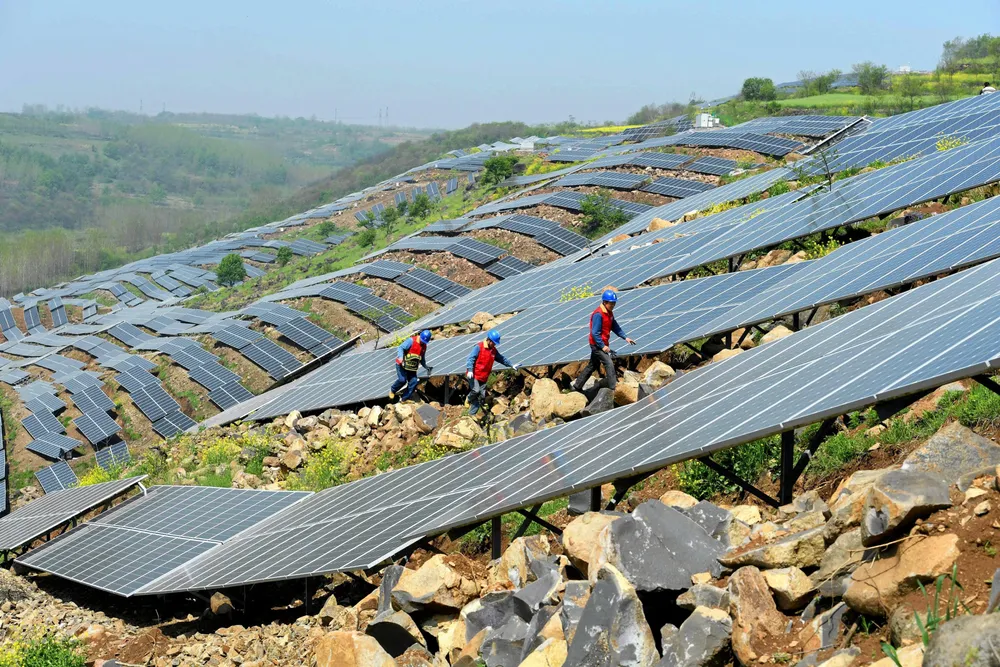Green leap forward: China boosts renewable energy capacity
Wind power sees the largest production increase in the first half of the year, followed by solar

Wind power sees the largest production increase in the first half of the year, followed by solar
